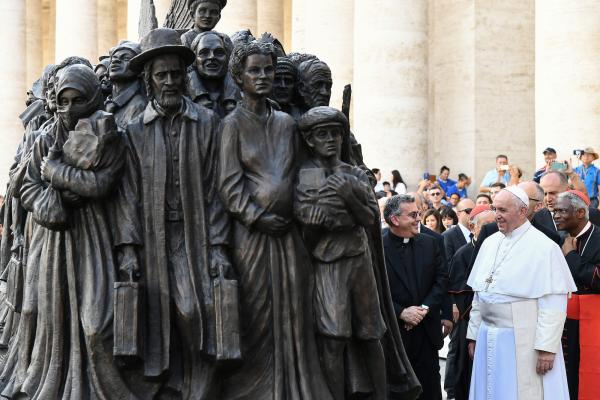Oct 3, 2019
It’s a tragic fact that 75 percent of white Americans have no people of color in their social circles outside of work. Dr. Martin Luther King Jr.’s observation that 11 o’clock on Sunday morning is the most segregated hour of the week is still largely true. And if you’re only in a world that looks like you, then you aren’t going to understand Jesus’ answer to the question “And who is my neighbor?”
Read the Full Article

Already a subscriber? Login
